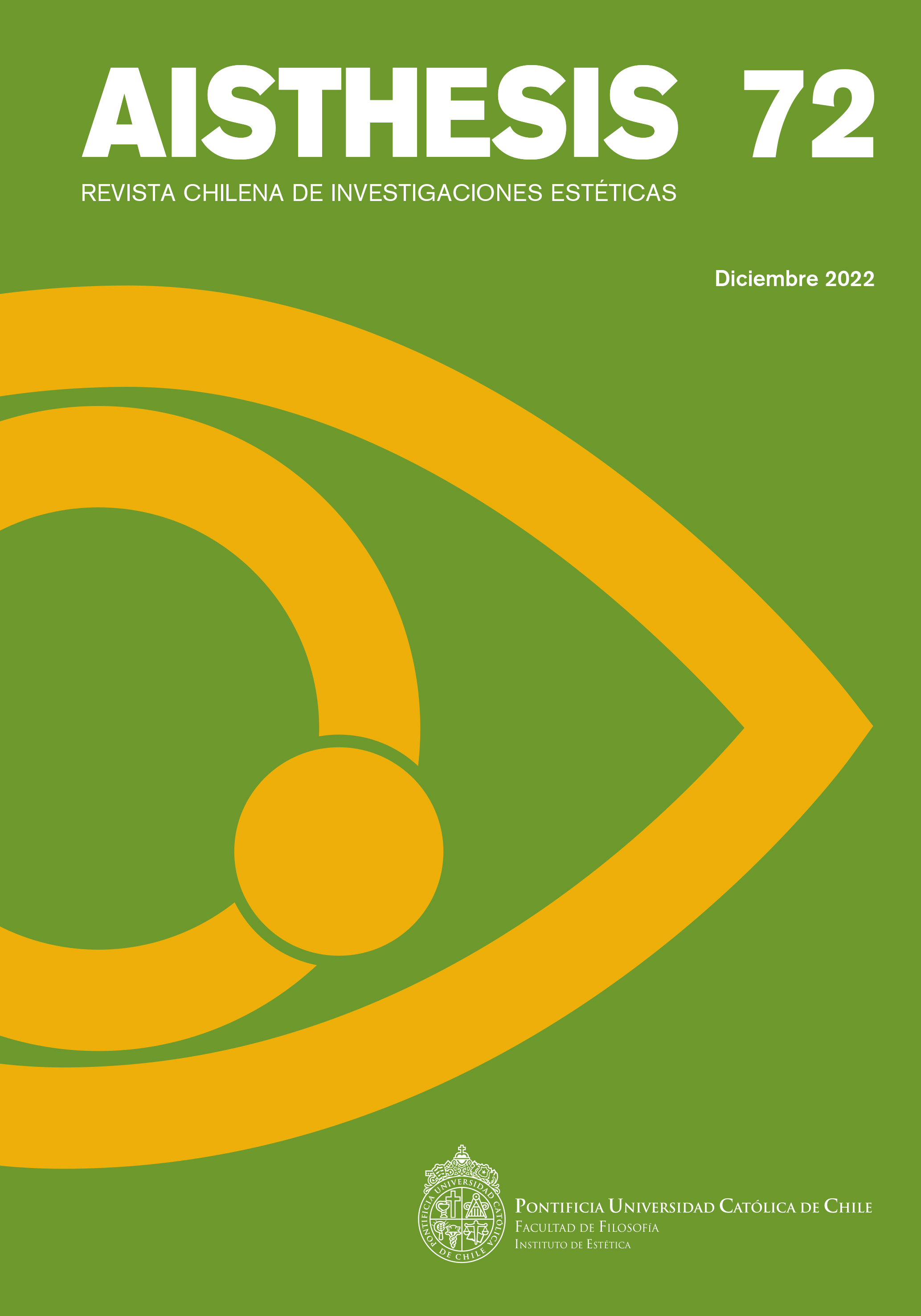Derivas del serialismo en las obras electrónicas de Karlheinz Stockhausen. Mediación técnica y producción de híbridos en el Laboratorio de la WDR
Contenido principal del artículo
Resumen
Durante la década de 1950 Karlheinz Stockhausen adhirió a los principios modernistas promovidos por la Escuela de Darmstadt que dieron lugar al desarrollo del serialismo integral. En su búsqueda de renovación del lenguaje musical, Stockhausen intentó aplicar esta técnica a la composición de obras electrónicas en el laboratorio de la WDR (Westdeutscher Rundfunk) en Colonia. Este artículo indaga, por medio del concepto de mediación técnica propuesto por Bruno Latour, cómo el intercambio de propiedades entre humanos y no humanos propiciado por el laboratorio fue modificando el proyecto serial. Como resultado de ese proceso, Stockhausen compuso una serie obras que no pudieron ser completamente prefiguradas a priori, hecho que demandó la creación de nuevas formas de escucha y notación musical. A partir de ello, buscaremos caracterizar la práctica compositiva de Stockhausen desde una perspectiva no modernista, haciendo hincapié en el carácter híbrido y relacional de los eventos musicales.
Descargas
Detalles del artículo

Esta obra está bajo una licencia internacional Creative Commons Atribución-NoComercial-CompartirIgual 4.0.
Todos los contenidos de esta edición electrónica se distribuyen bajo licencia Creative Commons de “Atribución-Copartirigual 4.0 Internacional” (CC-BY-SA). Cualquier reproducción total o parcial del material deberá citar su procedencia.
Los derechos de los trabajos académicos publicados en AISTHESIS: Revista Chilena de Investigaciones Estéticas pertenecen a sus autores, quienes otorgan a la Revista la licencia para su uso. La gestión de los permisos y la autorización de publicación de las imágenes (o de cualquier material) que contenga derechos de autor y sus consecuentes derechos de reproducción en esta publicación es de exclusiva responsabilidad de los autores de los artículos.
